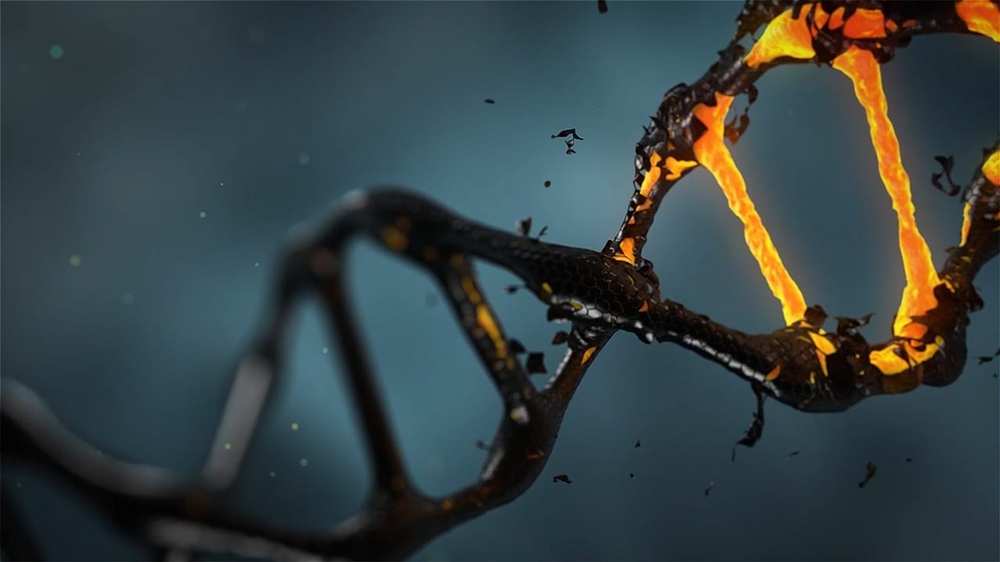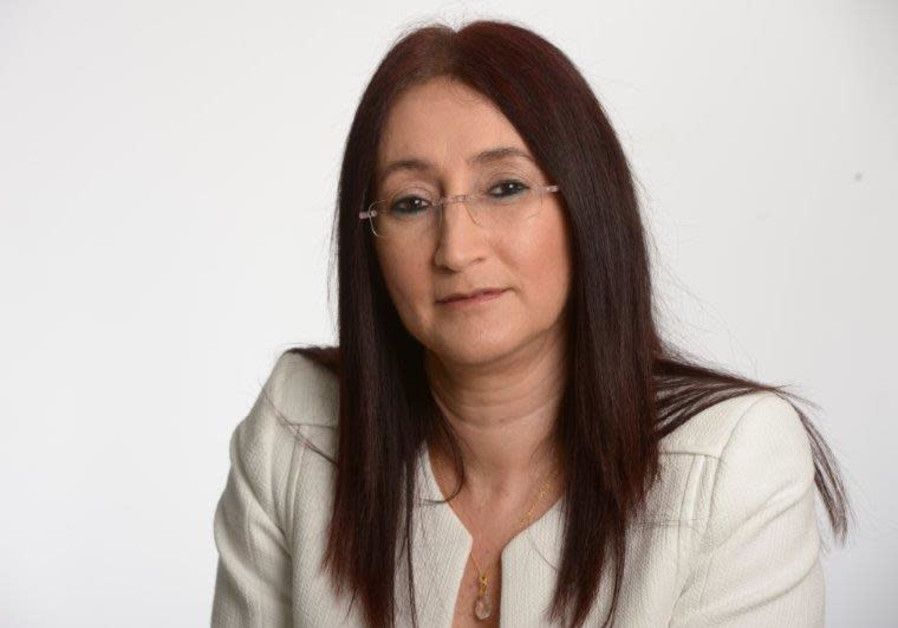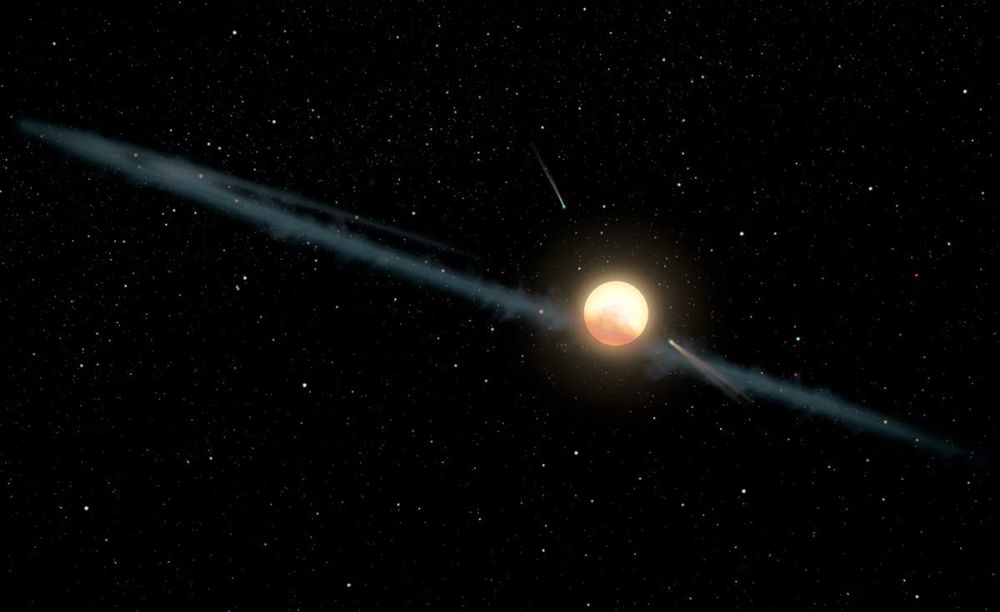The new CRISPR gene technology is posing ethical questions for scientists.



Now researchers have turned to yeast to do something more improbable: manufacturing the cannabis compounds CBD and THC. By loading brewer’s yeast with genes from the cannabis plant, they’ve turned the miracle microbes into cannabinoid factories. It’s a clever scheme in a larger movement to methodically pick apart and recreate marijuana’s many compounds, to better understand the plant’s true potential.
Yeast gives us beer and bread. Now researchers have engineered it to do something more improbable: manufacturing the cannabis compounds CBD and THC.

Holon-based cancer immunotherapy company Compugen disclosed encouraging preliminary results on Tuesday from its Phase 1 clinical trial for an antibody acting against a novel cancer drug target (PVRIG) in patients with advanced solid tumors.
The Nasdaq and Tel Aviv-listed company, a pioneer in predictive drug target discovery, has developed innovative computational discovery platforms to identify new drug targets and subsequently produce first-in-class therapeutics. The clinical trial of the anti-PVRIG antibody, called COM701, aimed to assess the safety of escalating doses of the therapy in patients with advanced solid tumors, but also demonstrated initial signals of anti-tumor activity in the heavily pre-treated patient population enrolled in the study.
“We are encouraged by the emerging safety profile and initial signals of anti-tumor activity of COM701,” said Compugen president and CEO Dr. Anat Cohen-Dayan.
“…consider Robert Nozick’s thought-experiment in conjunction with Felipe De Brigard’s inverse experience machine argument: “If you like it, does it matter if it’s real?”
Does Nozick’s experience machine prove anything?
Perhaps consider Robert Nozick’s thought-experiment in conjunction with Felipe De Brigard’s inverse experience machine argument: “If you like it, does it matter if it’s real?”
For sure, many subjects say they wouldn’t plug into Nozick’s Experience Machine; but conversely, many of these same respondents claim they wouldn’t want to unplug from an Experience Machine if told their existing lives were based on a lie. In short, maybe what is really being measured is not simply our (lack of) commitment to hedonism or realism, but rather status quo bias.
Even self-avowed classical utilitarians may balk on realising what their own ethics entails.
“Unplugged Performance thoroughly reworks the suspension with a custom race valved adjustable coilover suspension kit, along with billet adjustable front upper control arms, billet adjustable rear camber and toe arms and a beefier 3 way adjustable front/rear sway bar set with uprated bushings. The highly adjustable suspension and handling capabilities pair with massive 6 piston 15.5” uprated brakes and competition brake pads. Unplugged Performance 20” wheels shod with Michelin Cup 2 tires are then fitted. The wheels are custom machined out of 6061-T6 billet APP forgings, the same forgings used by Koenigsegg and Lamborghini, and every set is FEA optimized and specifically engineered to the specific build’s desired spec and use. Wheel weights range from 19.6–21.0lbs in 20” with tire sizings up to 305mm wide.”
While Tesla is working on a track-focused Model S, the Model 3 Performance is getting its own street-legal racing treatment from Unplugged Performance.
We previously reported on Unplugged Performance (UP), which is one of a few aftermarket accessories and performance upgrade companies focused solely on Tesla vehicles.
They are also the company behind ‘Tesla Corsa’, a new Tesla-only race track experience where owners get to safely explore the limits and performance of their vehicles.

I think this is real but some say it isn’t.
A mysterious star whose repeated bouts of darkening might be due to “alien megastructures,” according to some researchers’ conjectures, may now have more than a dozen counterparts that display similarly mystifying behavior, a new study finds.
Further research into all of these stars might help solve the puzzle of their bewildering flickering, the study’s author said.
In 2015, scientists noticed unusual fluctuations in the light from a star named KIC 8462852. This otherwise-normal F-type star, which is slightly larger and hotter than Earth’s sun, sits about 1,480 light-years from Earth, in the constellation Cygnus.
Learn more about nuclear weapons and what you can do to stop them.
EN: http://www.notonukes.org
FR: http://www.sansarmesnucleaires.org
ES: http://www.nomasarmasnucleares.org
PT: http://www.fimdasarmasnucleares.org
DE: http://www.neinzuatomwaffen.org
AR: http://www.notonukes.org/ar
RU: http://www.notonukes.org/ru
CH: http://www.notonukes.org/zh
Spread the word and use the following Hashtags:
EN: #nuclearban FR: #nuclearban
ES: #nomasarmasnucleares
PT: #fimdasarmasnucleares
Sources:
https://sites.google.com/view/nuclearweapons/
As you may have noticed, we like to blow stuff up on this channel. So when the International Red Cross approached us to collaborate on a video about nuclear weapons, we were more than excited.
Until we did the research. It turned out we were a bit oblivious off the real impact of nuclear weapons in the real world, on a real city. And especially, how helpless even the most developed nations on earth would be if an attack occurred today.
So hopefully this video demonstrates how extremely non fun a real world nuclear attack would be, without being too gruesome. This collaboration was a blast (no pun intended) and we want to say a huge thank you to the International Red Cross!
Support us on Patreon so we can make more videos (and get cool stuff in return): https://www.patreon.com/Kurzgesagt?ty=h

It’s been called an online Iron Curtain.
On Friday, a controversial law went into force that enables Russia to try to disconnect its internet from the rest of the world, worrying critics who fear the measure will promote online censorship.
The Kremlin says its “sovereign internet” law, which was signed by President Vladimir Putin in May, is a security measure to protect Russia in the event of an emergency or foreign threat like a cyberattack. The law will allow Moscow to tighten control over the country’s internet by routing web traffic through state-controlled infrastructure and creating a national system of domain names.
Liz Parish, CEO of BioViva and Bill Faloon, Co-Founder of Life Extension talk about new breakthroughs in age reversal.
This interview was conducted, by Richard Peritz during RAADfest 2019, to be included in a broadcast on ABC TV-25 in Palm Beach Florida, and other networks nationwide.

Researchers claim to have 3D-printed skin that’s alive and has blood vessels. The new technique could greatly accelerate the healing process for patients who require skin grafts, such as burn victims. In an animal trial phase, the printed skin even connected to a mouse’s own blood vessels.
This could be a game changer for burn victims.